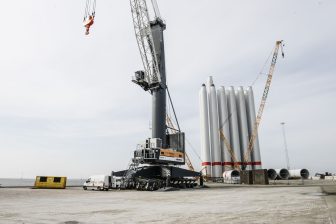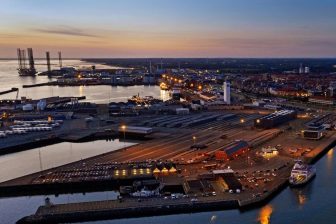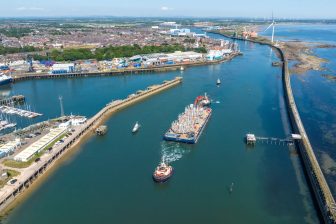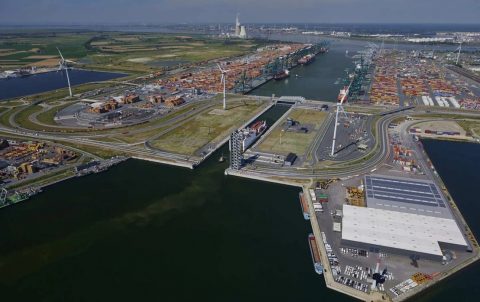
Port of Antwerp reports highest breakbulk throughput in a decade
Port of Antwerp’s breakbulk throughput for the year 2021 jumped 73.6 percent, hitting the highest throughput figures in the past 10 years. The port reported the conventional breakbulk throughput of 11.5 million tons.
The main reason for this is the strong throughput of steel (+81 percent), the most important product group within this segment. RoRo throughput grew 13.9 percent in tons compared to 2020. The number of vehicles, both new and used, also showed growth compared to 2020 (+8 percent), but is still 15 percent below the 2019 level.
Port of Antwerp throughput bounces despite disruptions
Despite disruptions in the global supply chain, Port of Antwerp performed strongly, matching the record year of 2019. Total cargo throughput in 2021 was 240 million tons; a growth of 3.8 percent compared to 2020 and slight growth compared to 2019. 2022 promises to be an exciting year, with the merger with Port of Zeebrugge and important milestones for numerous pioneering projects, despite the ongoing COVID-19 crisis.
Global containerised liner shipping is still highly disrupted, causing irregular calls from ocean-going vessels and ports to be missed out in the rotation. As a result, average call sizes are getting higher and higher and there are ever-increasing peaks in call sizes. This represents a major challenge for the entire logistics chain in and around the port. In addition, the shortage of port labour, mainly due to COVID-19 and federal measures to combat the virus, also played a role. Container traffic, despite these difficult conditions, held steady in 2021 with a status quo of 12,02 million TEU (-0.1 percent).
Read also: Nine-month breakbulk throughput soars at Port of Antwerp
Shortsea connections keep UK trade healthy
As a result of the logistical and administrative challenges caused by Brexit, the flow of goods between the EU and the UK decreased. Despite this, the port of Antwerp recorded growth in total throughput of 6.0 percent with the UK and 14.6 percent with Ireland compared to 2020, mainly due to the extensive shortsea connections.
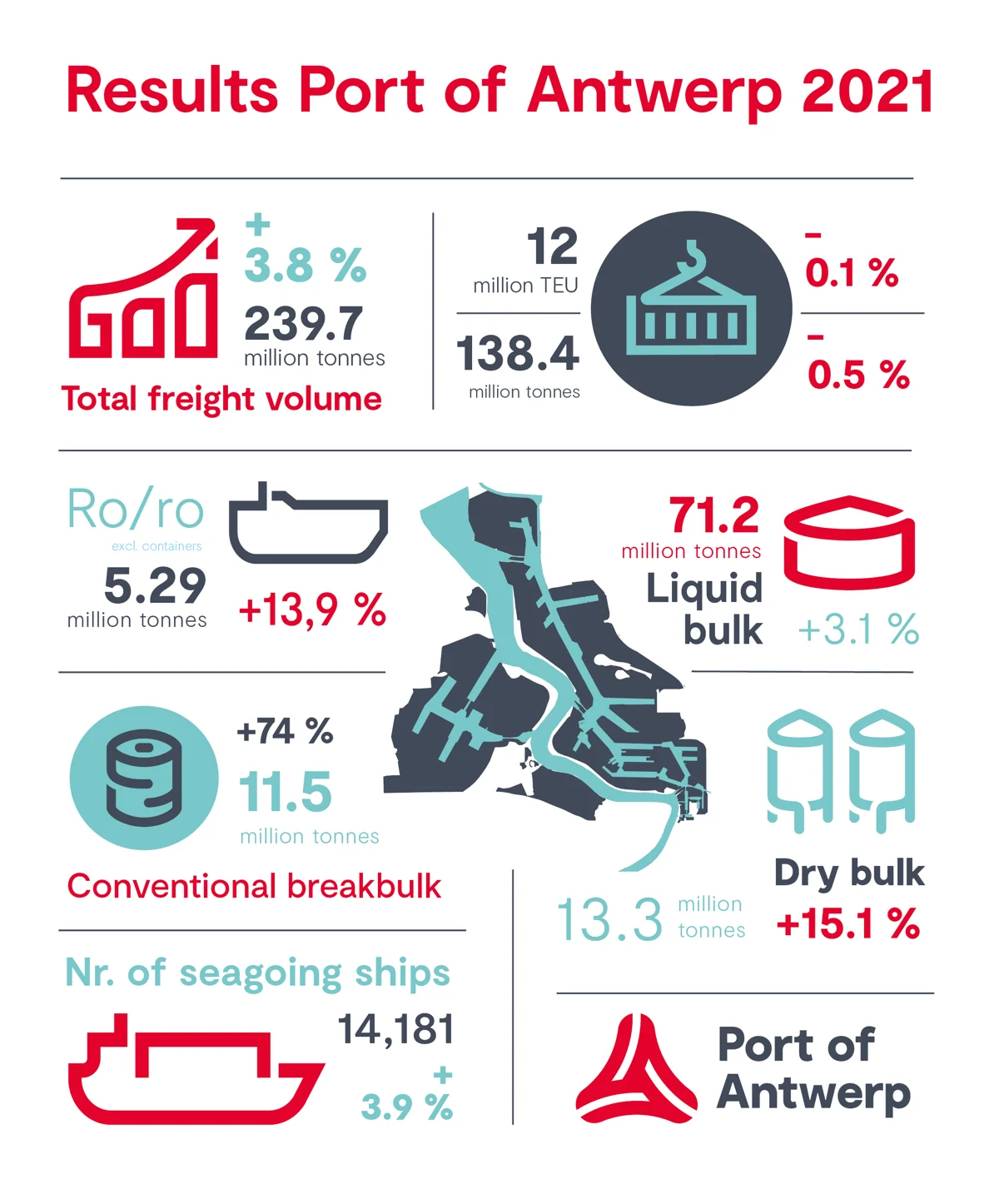
You just read one of our premium articles free of charge
Register now to keep reading premium articles.


